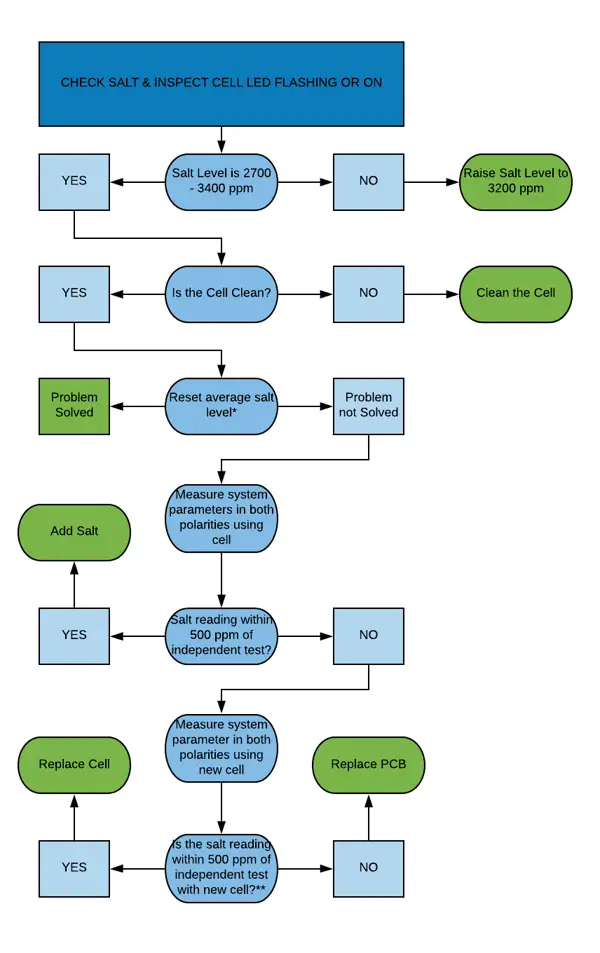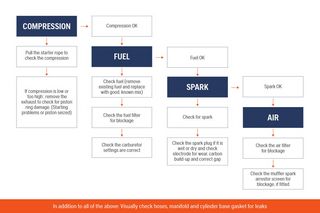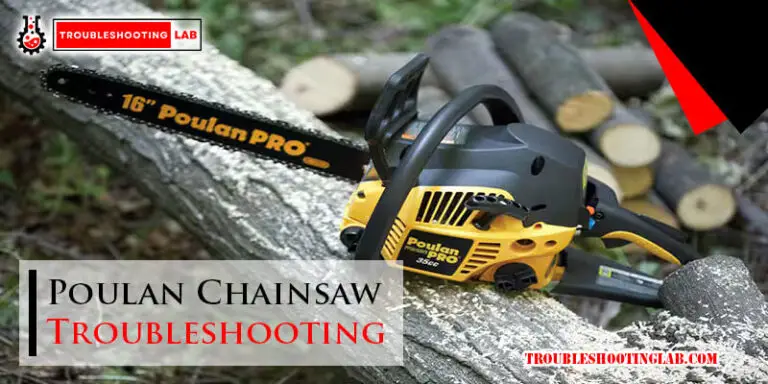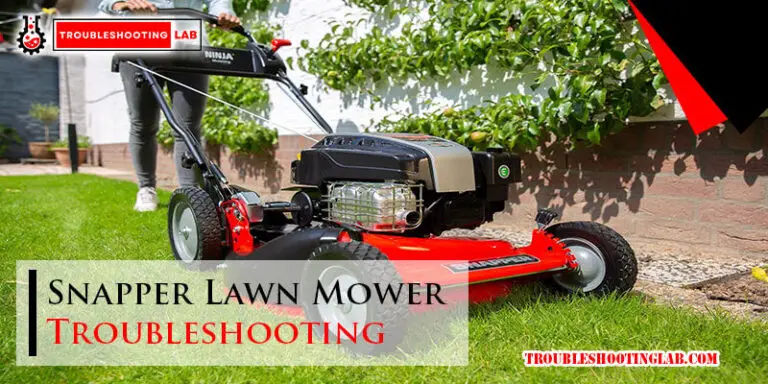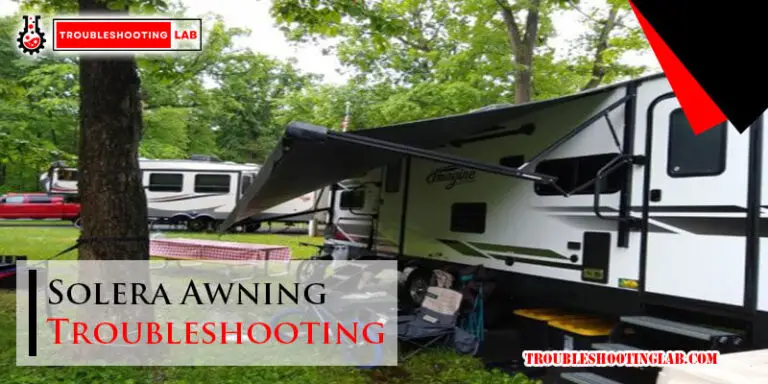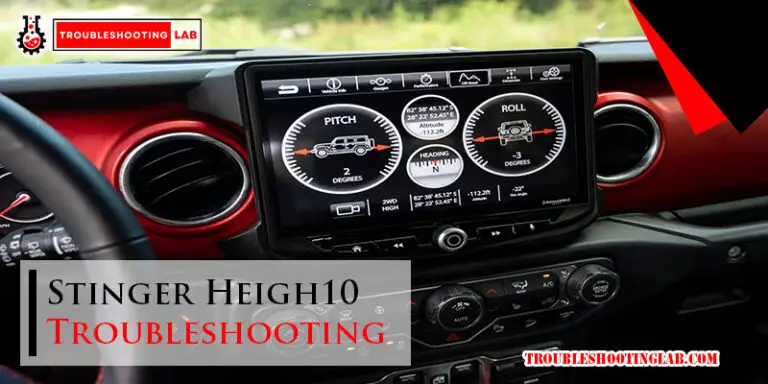Honda Pressure Washer Troubleshooting No Pressure: Expert Solutions
Is your Honda pressure washer giving you trouble with no pressure? This can be a frustrating issue, but don’t worry.
There are common reasons behind this problem, and many of them are easy to fix. Honda pressure washers are known for their reliability. Yet, like any machine, they can have issues. No pressure from your washer can halt your cleaning tasks.
Understanding the causes can save time and money. This guide will help you identify and solve the problem. Whether it’s a clogged nozzle or a faulty pump, we’ll cover the basics. Let’s get your Honda pressure washer back to full power. Keep reading to find out how to troubleshoot and fix no pressure issues quickly.
Common Causes Of No Pressure
Experiencing low or no pressure with your Honda pressure washer can be frustrating. Understanding the common causes can help you troubleshoot and resolve the issue quickly. Below are some frequent reasons for no pressure in your Honda pressure washer.
Blocked Nozzle
A blocked nozzle is a common cause of no pressure. Dirt and debris can clog the nozzle. This prevents water from flowing through. To fix this, clean the nozzle. Use a small pin to remove any blockages. Regular cleaning can prevent this issue in the future.
Air In The Pump
Air trapped in the pump can also cause no pressure. This happens if the washer has not been used for a while. To remove the air, disconnect the hose. Run the washer without a nozzle for a few minutes. This allows the air to escape. Then, reattach the hose and nozzle.
Faulty Unloader Valve
A faulty unloader valve can lead to pressure problems. The unloader valve controls the pressure inside the pump. If it is not working correctly, the pressure will drop. Check the valve for any signs of damage. If it is faulty, replace it to restore proper pressure.
Initial Checks
Experiencing low or no pressure with your Honda pressure washer can be frustrating. Before diving into complex fixes, start with some initial checks. These simple steps can often resolve the issue quickly and efficiently.
Inspect Water Supply
Begin by verifying your water supply. Ensure the water source is turned on and providing sufficient water flow. Low water pressure from the source can affect the pressure washer’s performance.
- Check for kinks or blockages in the garden hose.
- Ensure the hose diameter is adequate for the pressure washer.
- Confirm the water source delivers the necessary gallons per minute (GPM).
Check Hose Connections
Next, check all hose connections. Loose or improperly connected hoses can lead to pressure loss.
- Ensure the garden hose is securely attached to the pressure washer.
- Inspect the high-pressure hose connection for tightness.
- Look for any leaks or damages in the hoses and fittings.
Following these initial checks can often resolve issues with no pressure in your Honda pressure washer. Always ensure water supply and hose connections are optimal before considering more complex troubleshooting steps.
Cleaning The Nozzle
Experiencing no pressure from your Honda pressure washer? Cleaning the nozzle might fix this. Over time, dirt and debris can clog the nozzle, causing pressure problems. Follow these simple steps to clean the nozzle and restore your washer’s performance.
Remove Debris
First, turn off the pressure washer and disconnect it from the power source. Safety first. Locate the nozzle on the spray wand. Remove the nozzle by unscrewing it from the wand. Examine the nozzle for any visible debris.
Use a small brush or a toothpick to gently remove any dirt or debris. Be careful not to damage the nozzle. For stubborn debris, you might need a pair of needle-nose pliers. Grasp the debris and pull it out carefully. Rinse the nozzle with water to ensure all debris is gone.
Use Nozzle Cleaner
Sometimes, debris can be tough to remove with just a brush. In this case, use a nozzle cleaner. You can buy a nozzle cleaner kit online or at a hardware store. Insert the cleaner into the nozzle opening.
Gently twist and push the cleaner through the nozzle to clear out any blockages. Repeat this process several times to ensure all debris is removed. After using the cleaner, rinse the nozzle thoroughly with water. Reattach the nozzle to the spray wand.
Finally, reconnect the pressure washer to the power source. Turn it on and test the pressure. Cleaning the nozzle should resolve the low-pressure issue. If the problem persists, consider checking other components of the pressure washer.
Checking The Pump
Experiencing no pressure in your Honda pressure washer can be frustrating. Often, the root cause lies within the pump. Checking the pump is a crucial step in troubleshooting this issue. By inspecting the pump, you can identify and resolve problems that might be affecting its performance.
Inspect For Damage
First, examine the pump for any visible damage. Look for cracks, leaks, or broken parts. These can significantly reduce the pressure output. If you find any damage, replace the affected parts. Ensure all connections are tight and secure.
Ensure Proper Lubrication
Next, check the pump’s lubrication. Proper lubrication is essential for smooth operation. Lack of lubrication can cause the pump to wear out quickly. Refer to the user manual for the correct type of oil. Make sure the oil level is adequate. Refill if necessary to maintain optimal performance.
Unloader Valve Issues
Honda pressure washers are reliable tools for cleaning. Sometimes, they can face issues. One common problem is with the unloader valve. The unloader valve controls the pressure. If it malfunctions, you may experience low or no pressure. This issue can be frustrating. Fortunately, it can be fixed.
Adjusting The Valve
First, check the unloader valve. It may need adjustment. Turn off the pressure washer. Locate the unloader valve. It is near the pump. Use a wrench to turn the adjustment knob. Turn it clockwise. This increases pressure. Turn it counterclockwise. This decreases pressure. Make small adjustments. Test the pressure washer after each turn. This ensures correct pressure levels.
Replacing The Valve
If adjustment does not work, replace the valve. Purchase a new unloader valve. Ensure it matches your model. Turn off the pressure washer. Disconnect the power. Remove the old valve. Use a wrench for this step. Install the new valve. Tighten it with the wrench. Reconnect the power. Test the pressure washer. The new valve should solve the issue.

Credit: www.reddit.com
Air In The System
Honda pressure washers are known for their reliability. Sometimes, you might face issues such as no pressure. One common cause is air in the system. When air gets trapped, it disrupts water flow. This results in low or no pressure. Below are ways to address this problem.
Bleeding The Pump
First, turn off the pressure washer. Disconnect the water supply hose. Reconnect the hose and ensure it’s tight. Turn on the water supply. Squeeze the trigger on the spray gun. Hold it until a steady stream of water flows out. This process helps remove trapped air.
Checking For Leaks
Leaks in the system can also cause air to enter. Inspect all hoses and connections. Look for any cracks or loose fittings. Tighten any loose connections. Replace damaged hoses if necessary. Even small leaks can cause significant issues. Fixing these can help restore proper pressure.
Inspecting The Inlet Filter
One common issue with Honda pressure washers is low or no pressure. The first step in troubleshooting is to inspect the inlet filter. The inlet filter prevents debris from entering the pump. A clogged filter can cause a drop in pressure. Regular inspection and maintenance of this part can keep your pressure washer running smoothly.
Cleaning The Filter
Cleaning the inlet filter is a simple task that can restore proper pressure. Follow these steps:
- Turn off the pressure washer and disconnect it from the power source.
- Locate the inlet filter, usually found near the water connection.
- Remove the filter by unscrewing it or pulling it out, depending on the model.
- Rinse the filter under running water to remove any debris.
- Use a soft brush to scrub away any stubborn dirt.
- Inspect the filter for any damage. Replace if necessary.
- Reinstall the filter and reconnect the water supply.
Cleaning the filter should be done regularly. This can prevent pressure problems and extend the life of your pressure washer.
Replacing The Filter
Sometimes, cleaning the filter is not enough. If the filter is damaged, it should be replaced. Here’s how to replace the inlet filter:
- Turn off the pressure washer and disconnect it from the power source.
- Locate the inlet filter and remove it.
- Purchase a replacement filter compatible with your Honda pressure washer model.
- Insert the new filter into the inlet. Ensure it is properly seated.
- Reconnect the water supply and turn on the pressure washer.
- Check for proper operation and pressure.
Replacing the filter ensures your pressure washer operates efficiently. Always use the correct replacement parts.
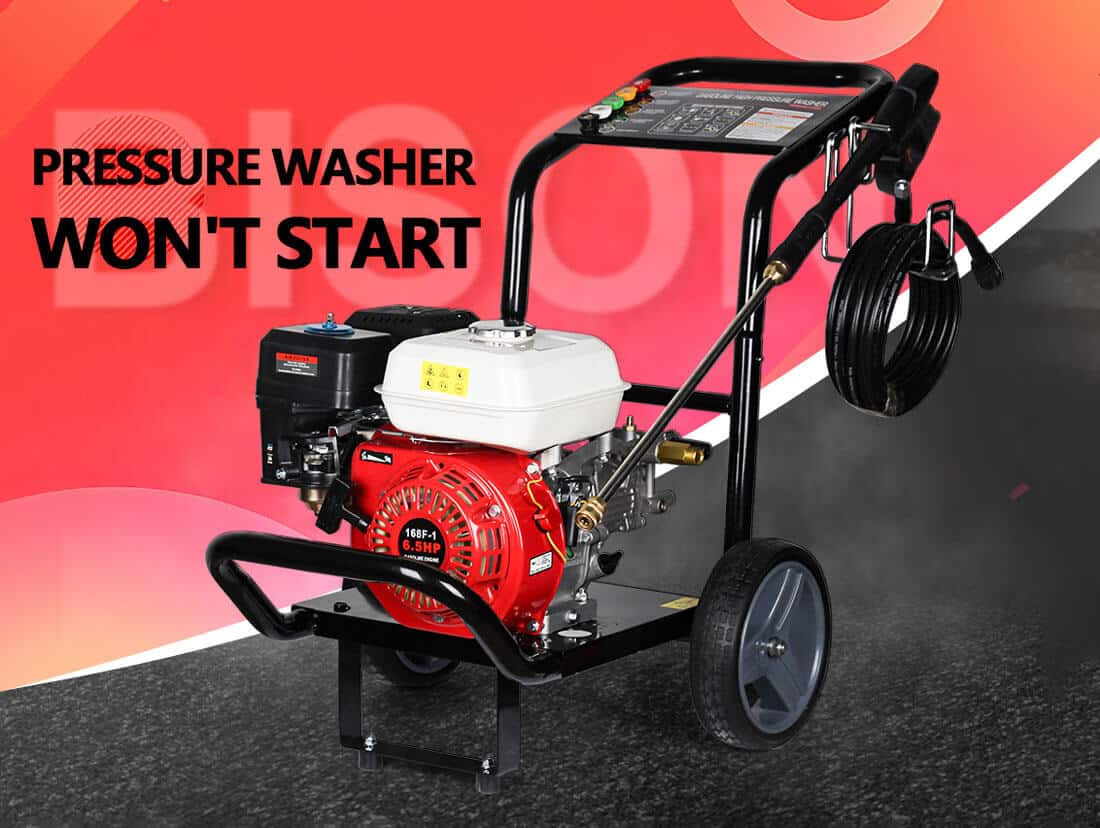
Credit: www.bisonindustry.com
Professional Help
If your Honda pressure washer is experiencing low or no pressure, you might need professional help. Sometimes, troubleshooting on your own can only take you so far. Expert technicians have the skills and tools to solve complex problems efficiently. They can ensure your machine runs smoothly for a long time.
When To Call A Technician
Certain signs indicate you need a technician. If the pressure is consistently low despite basic maintenance, it’s time. Strange noises or leaks also signal deeper issues. Unusual vibrations or a complete lack of pressure are clear red flags. Any of these situations warrant professional attention.
Finding A Reliable Service Center
Finding a reliable service center is crucial. Start by checking Honda’s official website for authorized service centers. Read customer reviews for honest feedback. Ask friends or family for recommendations. Ensure the service center has certified technicians. They should have experience with Honda pressure washers specifically. This guarantees quality service and peace of mind.

Credit: www.youtube.com
Frequently Asked Questions
Why Is My Honda Pressure Washer Not Building Pressure?
Your Honda pressure washer may have a clogged nozzle, a faulty pump, or an air leak.
How Do I Fix Low Pressure In My Honda Pressure Washer?
Check and clean the nozzle, inspect the pump, and ensure there are no air leaks in the hose.
Can A Dirty Filter Cause No Pressure In A Pressure Washer?
Yes, a dirty filter can restrict water flow, causing low or no pressure. Clean or replace it.
What Should I Do If My Honda Pressure Washer Has No Pressure?
Check the nozzle, clean the filter, inspect the pump, and ensure there are no air leaks.
How Often Should I Maintain My Honda Pressure Washer?
Regular maintenance is key. Clean the nozzle, filter, and check the pump after every use.
Conclusion
Fixing a Honda pressure washer with no pressure can be simple. Check common issues like clogged nozzles or a faulty pump. Regular maintenance prevents many problems. Ensure hoses are clear and connections are tight. Use clean water to avoid debris buildup.
Following these steps will keep your pressure washer running efficiently. Always consult the manual for specific troubleshooting. Happy cleaning!

